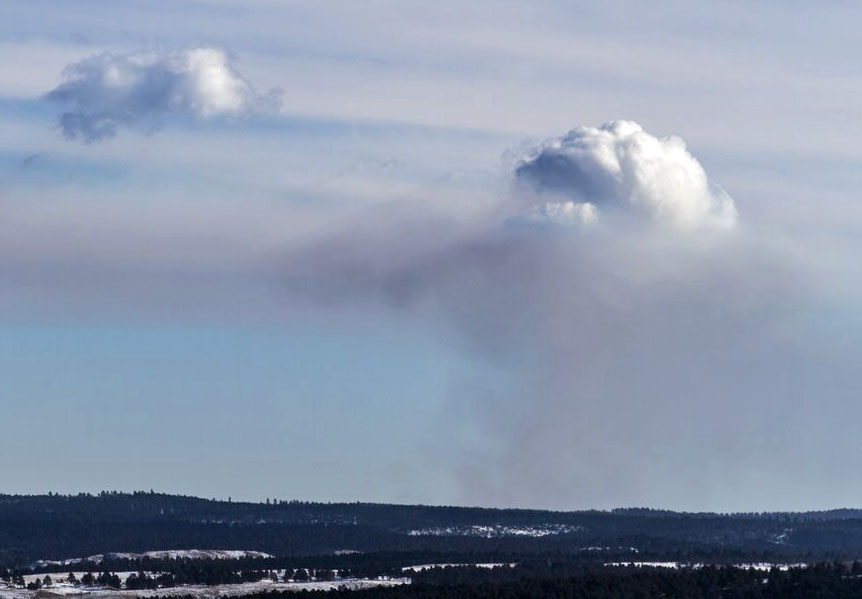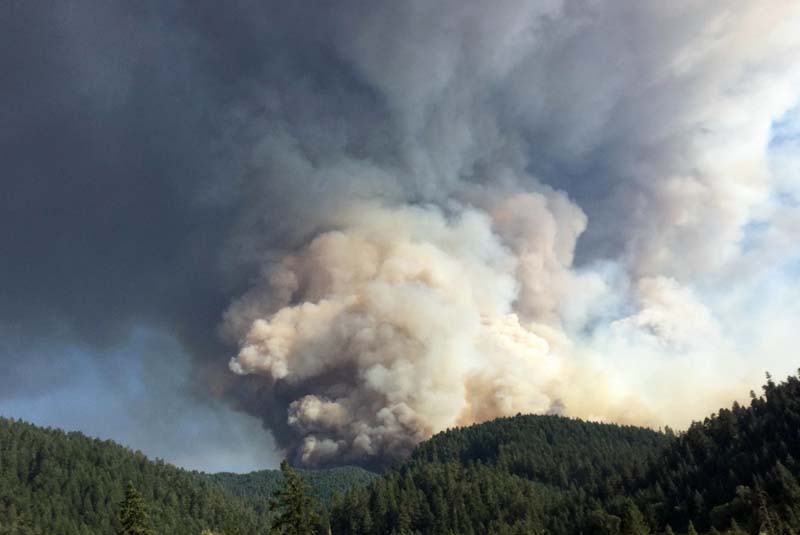Most of the homes in the Western Australia town of Yarloop were destroyed when a large bushfire marched through the area Thursday night.
Fire and Emergency Services commissioner Wayne Gregson said on Friday that 95 houses and numerous other public buildings burned, including the Steam Museum, the hotel, post office, town hall, and most of the school. There are no reports of fatalities.
The people that did not evacuate said many homes could have been saved but no water was available. The electrical power went out, which made it impossible to refill the town’s water tanks.
The remaining residents in Yarloop were going to evacuate to Pinjarra in a convoy of 30 vehicles protected on the journey by fire engines.
The latest community threatened by the Waroona Fire is the Harvey townsite, where the fire is 5 km northeast of the town and is moving toward the southwest. The effects of moderating weather have slowed the spread.
The Department of Fire and Emergency Services reports that the fire has consumed 67,000 hectares (165,000 acres) and 121 homes, and is being fought by 250 firefighters, 50 appliances, air tankers, and helicopters. The fire perimeter is more than 138 miles.
The lightning caused fire was reported at 7:25 a.m. on January 6. It is being managed by an interagency Incident Management Team comprised of DFES, Parks and Wildlife, and local government personnel.




